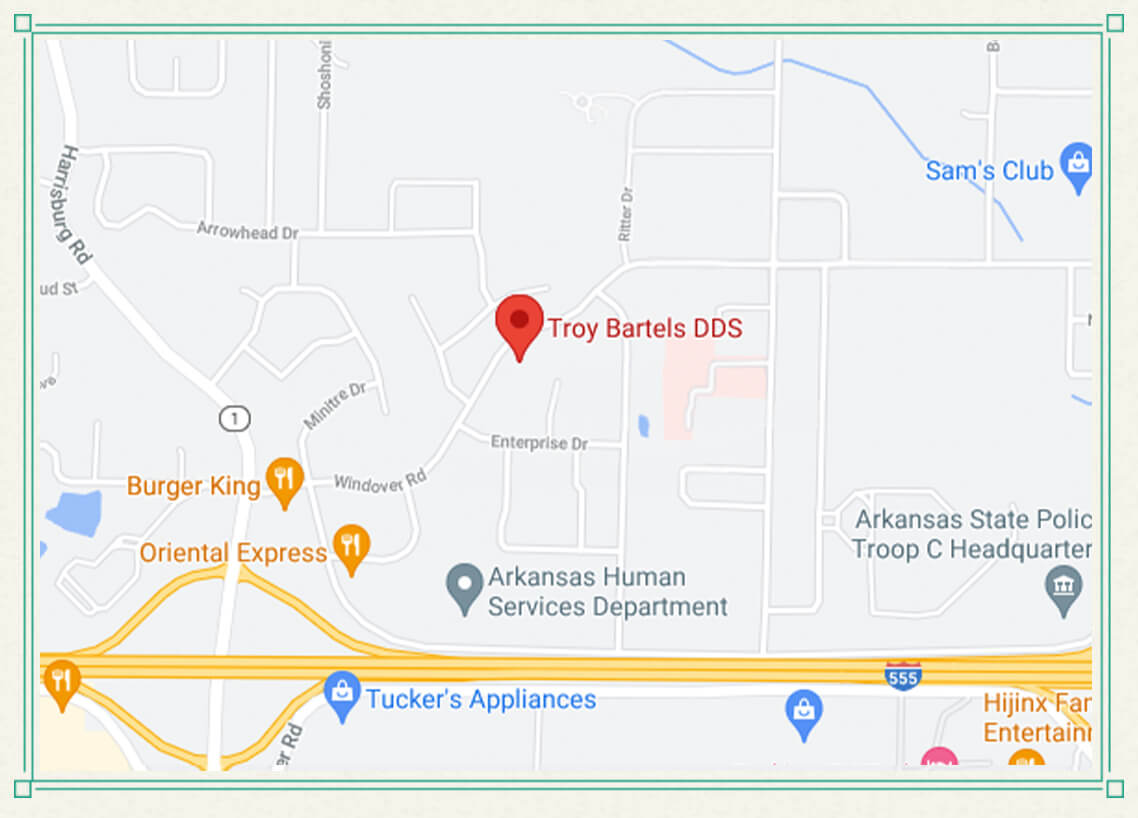Getting in the world of orthodontic therapy commonly represents starting a transformative trip towards a straighter, healthier smile. Central to this journey is the use of dental braces, detailed gadgets carefully crafted to straighten teeth and present confidence upon users. In the middle of the anticipation of newfound oral appearances, a common question remains: Are supports unpleasant? In unraveling this inquiry, we look into the elaborate tapestry of convenience and discomfort that specifies the dental braces experience, checking out both the physical experiences and mental measurements that accompany orthodontic therapy.
The Initial Adjustment:
The inception of the braces journey is noted by a first adjustment period, where users acquaint themselves with the presence of foreign entities adorning their teeth. It is throughout this stage that sensations of pressure and pain may manifest, attributable to the mild yet purposeful pressure put in by braces to initiate oral adjustment. While some people might locate this discomfort noticeable, it hardly ever eclipses the enjoyment and expectancy of the eventual outcomes that await. Moreover, innovations in orthodontic modern technology have actually ushered in extra refined braces styles, mitigating discomfort and boosting the overall therapy experience. JJ Dental Cosmetic Dentistry
Browsing Discomfort:
As the dental braces trip advances, users typically find themselves browsing fluctuations comfortably degrees. Regular adjustments, administered by skilled orthodontic professionals, serve as critical waypoints in this odyssey, supplying chances to fine-tune the alignment procedure and minimize discomfort. In addition, aggressive measures such as adhering to suggested nutritional standards and preserving thorough dental health routines can better ameliorate discomfort and expedite progress. While discomfort may be an intrinsic element of the braces journey, it is short-term, yielding to the pledge of a radiant smile and enhanced oral health.
Handling Assumptions:
Central to mitigating pain connected with dental braces is the growing of practical expectations. Acknowledging that short-lived pain is an indispensable part of the orthodontic process empowers people to persevere via transient obstacles in search of withstanding benefits. Furthermore, cultivating open interaction with orthodontic experts fosters a joint setting where issues can be dealt with and comfort-enhancing strategies can be applied. By embracing the dental braces journey as a transformative experience and focusing on the utmost goal of an unified smile, users can navigate pain with strength and decision.
The Mental Dimension:
Past the physical feelings, the braces journey encompasses a psychological dimension where perceptions of pain intersect with self-image and self-confidence. While some individuals might initially discover the possibility of putting on braces distressing because of visual problems, lots of inevitably welcome it as an icon of individual development and self-improvement. Cultivating a favorable state of mind and reframing discomfort as a stimulant for favorable modification can engender a feeling of empowerment and resilience throughout the orthodontic trip. Additionally, getting in touch with helpful neighborhoods and sharing experiences can better reduce mental discomfort, cultivating a feeling of friendship and solidarity amongst users.
Exploration of Private Experiences:
Past the general fads and expectations, it’s critical to acknowledge the variety of specific experiences within the realm of braces. While some might wind with therapy with minimal discomfort, others may run into extra pronounced challenges. Elements such as the complexity of the orthodontic case, level of sensitivity of teeth, and private pain limits can substantially affect the regarded level of pain. Comprehending and appreciating these specific distinctions fosters a caring and tailored approach to orthodontic care.
Addressing Discomfort:
Orthodontic specialists play a critical duty in attending to pain and making certain the well-being of their people throughout the braces trip. They have a wide range of expertise and sources to alleviate pain, ranging from advising non-prescription pain relief alternatives to providing orthodontic wax for comforting irritated locations. Furthermore, orthodontists commonly grow compassionate and encouraging settings in which individuals really feel equipped to articulate their concerns and seek help as required. By prioritizing patient convenience and health, orthodontic experts boost the overall therapy experience and facilitate smoother progression in the direction of desired end results.
Long-Term Benefits:
Among the transient discomfort of the dental braces journey lies a myriad of lasting advantages that prolong much beyond plain aesthetic appeals. By fixing imbalances and malocclusions, braces boost dental wellness, reduce the threat of oral issues such as decay and gum tissue disease, and improve general oral function. Moreover, the self-confidence got from attaining a straighter smile can have extensive causal sequences, boosting self-esteem, social interactions, and specialist chances. Thus, while pain might punctuate the dental braces journey, its short-term nature pales in contrast to the withstanding benefits and newly found confidence that wait for at its conclusion.
Embracing the Trip:
Eventually, the discomfort associated with dental braces serves as a testimony to the transformative power of orthodontic therapy. It represents the trip of growth, strength, and self-improvement embarked upon by users as they make every effort in the direction of a brighter, much more positive future. By accepting both the challenges and victories inherent in the dental braces journey, individuals cultivate a feeling of agency and empowerment over their dental wellness and overall well-being. With each adjustment, each short lived minute of pain, they inch closer towards the realization of their perfect smile, personifying the resilience and determination that specify their journey.
Conclusion:
In the detailed tapestry of orthodontic therapy, discomfort emerges as a transient string woven among the material of transformation and revival. While dental braces may require moments of discomfort, they advertise a trip teeming with pledge and potential. By recognizing and browsing pain with resilience, people can start the braces trip with self-confidence, emerging with radiant smiles and unwavering confidence. Via proactive communication, practical expectations, and a positive frame of mind, the pain associated with braces comes to be but a stepping stone towards a brighter, a lot more positive future. JJ Dental Fort Lauderdale Dentis

